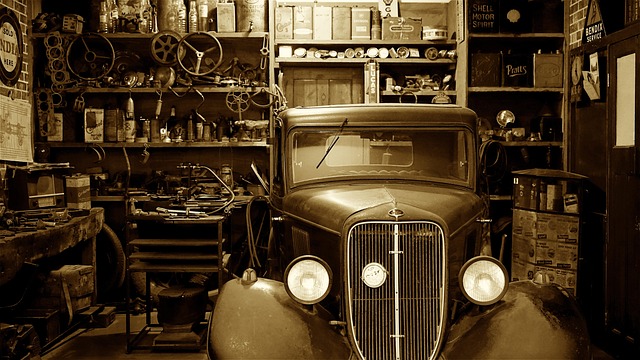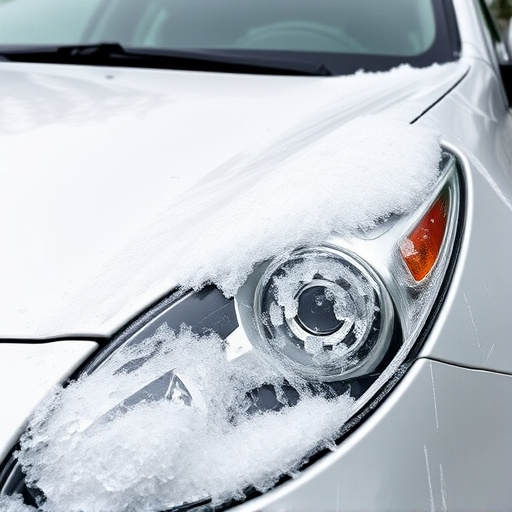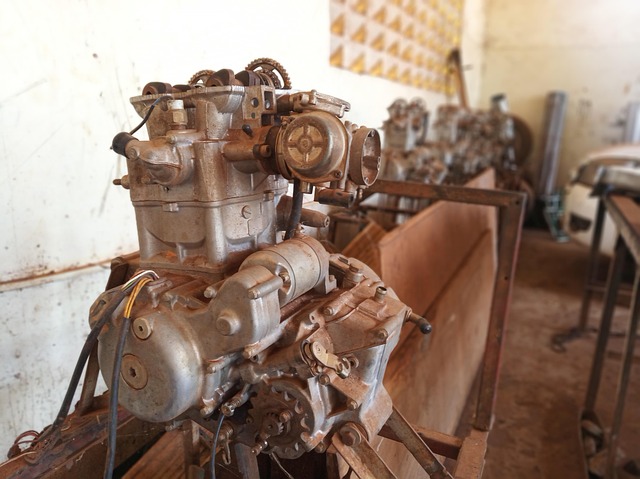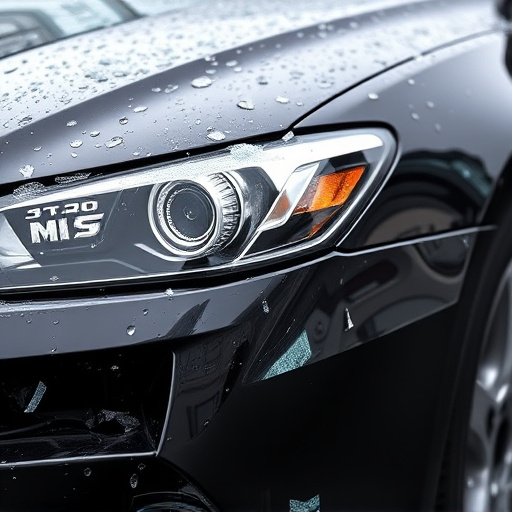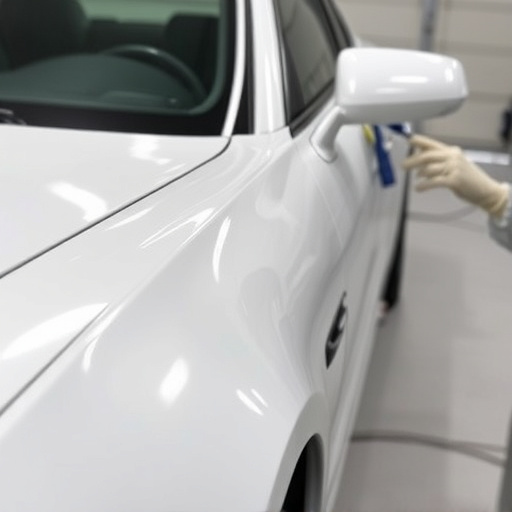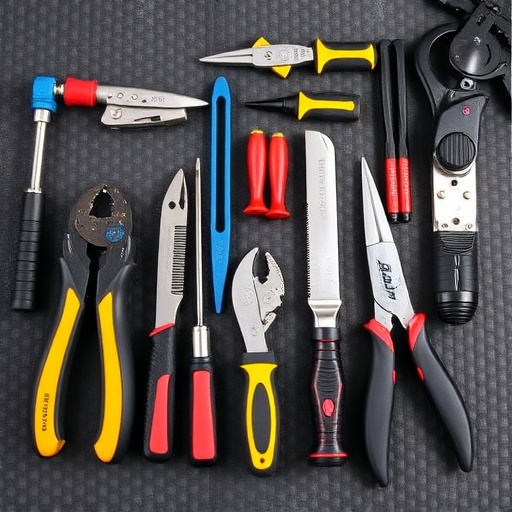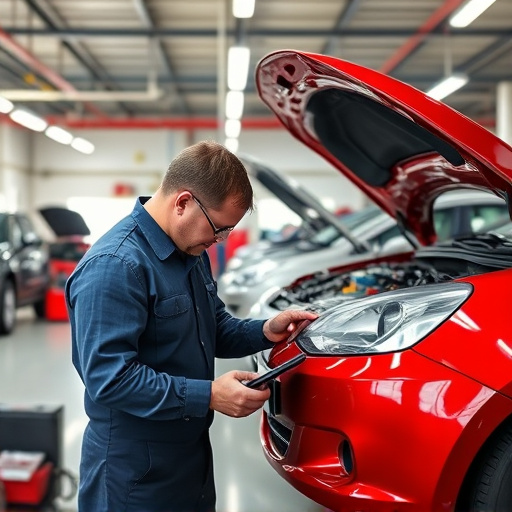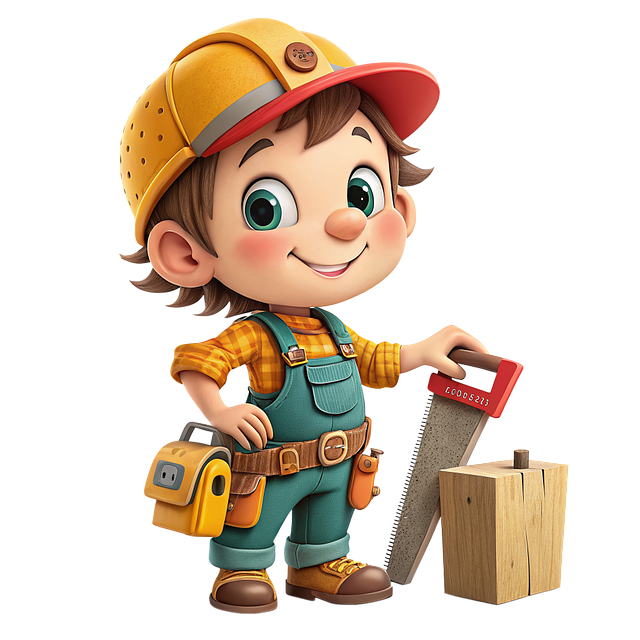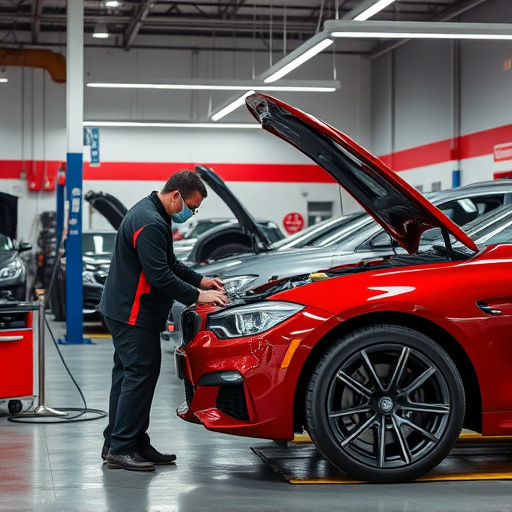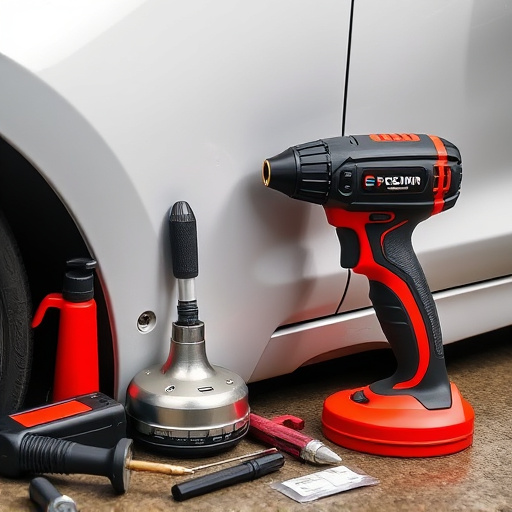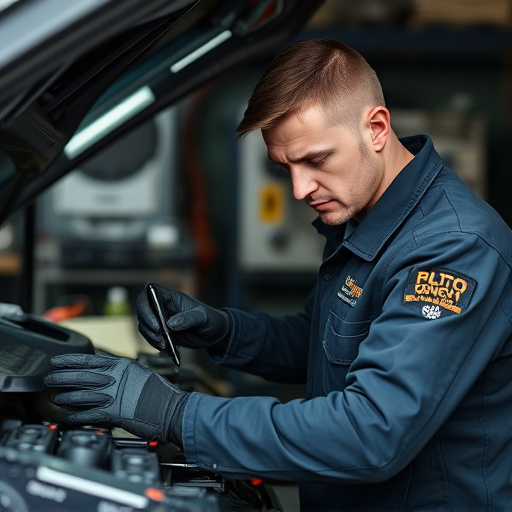Before tackling any domestic auto body repair, inspect your vehicle thoroughly for dents, scratches, and structural damage, focusing on common spots like fenders, doors, and hood. Gather necessary tools and supplies based on repair complexity—from basic equipment for minor repairs to professional-grade tools for complex restoration. Accurate measuring and estimating are crucial steps; take precise measurements with a tape measure to ensure cost-effective and high-quality repairs, whether for car dent repair or collision repair.
Learn how to apply effective domestic auto body repair techniques with this comprehensive guide. Discover the key steps from assessing damage, gathering essential supplies, and executing a step-by-step repair process, including patching, sanding, and painting. Master finishing touches like quality control, functionality reinstatement, and safety checks. Outfit your garage with the right tools for successful DIY auto body repairs.
- Assessing the Damage and Gathering Supplies
- – Identifying different types of auto body damage
- – Measuring and estimating repair needs
Assessing the Damage and Gathering Supplies
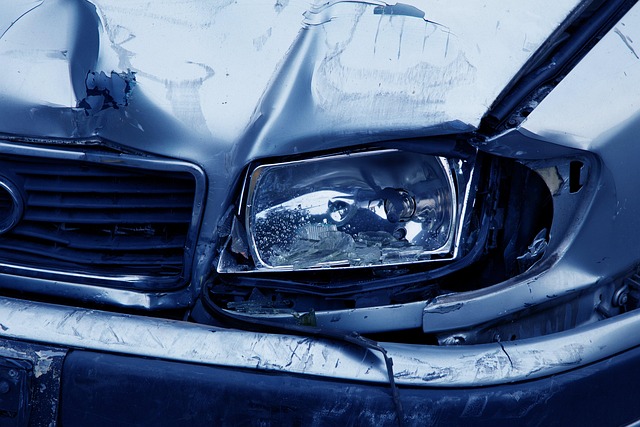
Before tackling any domestic auto body repair, it’s crucial to assess the extent of the damage. Start by inspecting the vehicle thoroughly for dents, scratches, or any signs of structural harm. Pay close attention to areas like the fenders, doors, and hood—common spots for car damage. Take note of the size and depth of dents, as well as any cracks or breaks in the paint or body panels. This initial evaluation will help guide your repair approach and supply needs.
Once you have a clear understanding of the repairs required, gather the necessary tools and supplies. For minor domestic auto body repair tasks, you might only need some basic equipment like a hammer, putty knife, sandpaper, and automotive paint. For more complex car damage repair or vehicle restoration projects, consider investing in professional-grade tools and materials to ensure top-quality results. Remember, the right supplies are key to successfully repairing and restoring your vehicle to its pre-accident condition.
– Identifying different types of auto body damage
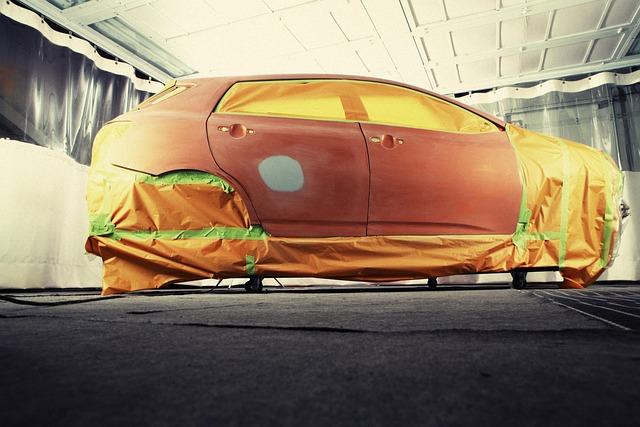
Auto body damage can vary greatly depending on the incident, from minor dents and scratches to more severe collisions. Identifying the type of damage is crucial for effective domestic auto body repair. Before beginning any restoration process, it’s essential to assess the vehicle thoroughly. Start by inspecting the exterior for visible signs such as dents, cracks, or broken parts. These are typically the most apparent indicators of damage.
Next, consider potential hidden issues, especially if the collision was severe. This might include damaged or displaced panels that require alignment, collapsed frames needing structural repair, or water infiltration causing rust and internal damage. Many minor repairs can be addressed at home using simple tools and kits designed for domestic auto body repair. However, complex cases may necessitate the expertise of a collision center to ensure proper restoration and safety standards are met.
– Measuring and estimating repair needs
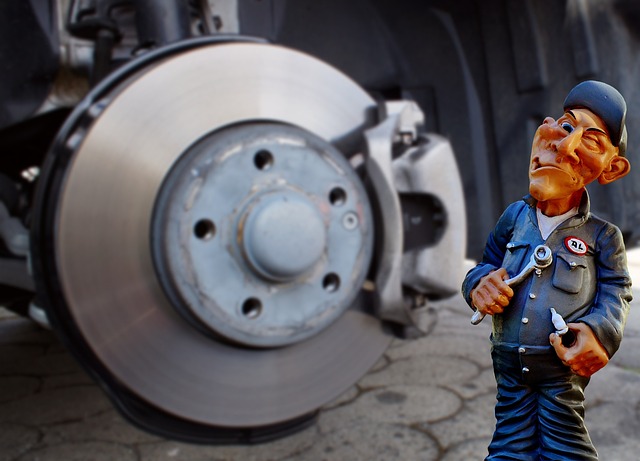
When tackling domestic auto body repair, accurate measuring and estimating are crucial steps. Before beginning any work, carefully assess the damage to your vehicle. Inspect the affected areas for dents, scratches, or crumpled metal. Take measurements of the damaged components using a tape measure to ensure you have the right materials for the job. This process involves not only quantifying the extent of the damage but also identifying underlying issues that might require additional attention.
For instance, when dealing with car dent repair, understanding the depth and shape of the dent is essential. Measuring the width, length, and height of the indentation provides valuable data for selecting the appropriate tools and techniques. The same precision is required in vehicle collision repair, where accurately estimating the scope of the work can help prevent unnecessary costs and ensure a high-quality finish.
Applying domestic auto body repair techniques can be a rewarding way to restore your vehicle’s aesthetic appeal. By understanding different types of damage and gathering the necessary supplies, you’re well on your way to achieving a professional-looking fix. Remember, assessing the damage accurately and measuring repairs are key steps to ensure the best results. With the right tools and knowledge, you can confidently tackle common auto body repair tasks, saving time and money while keeping your vehicle looking its best.

